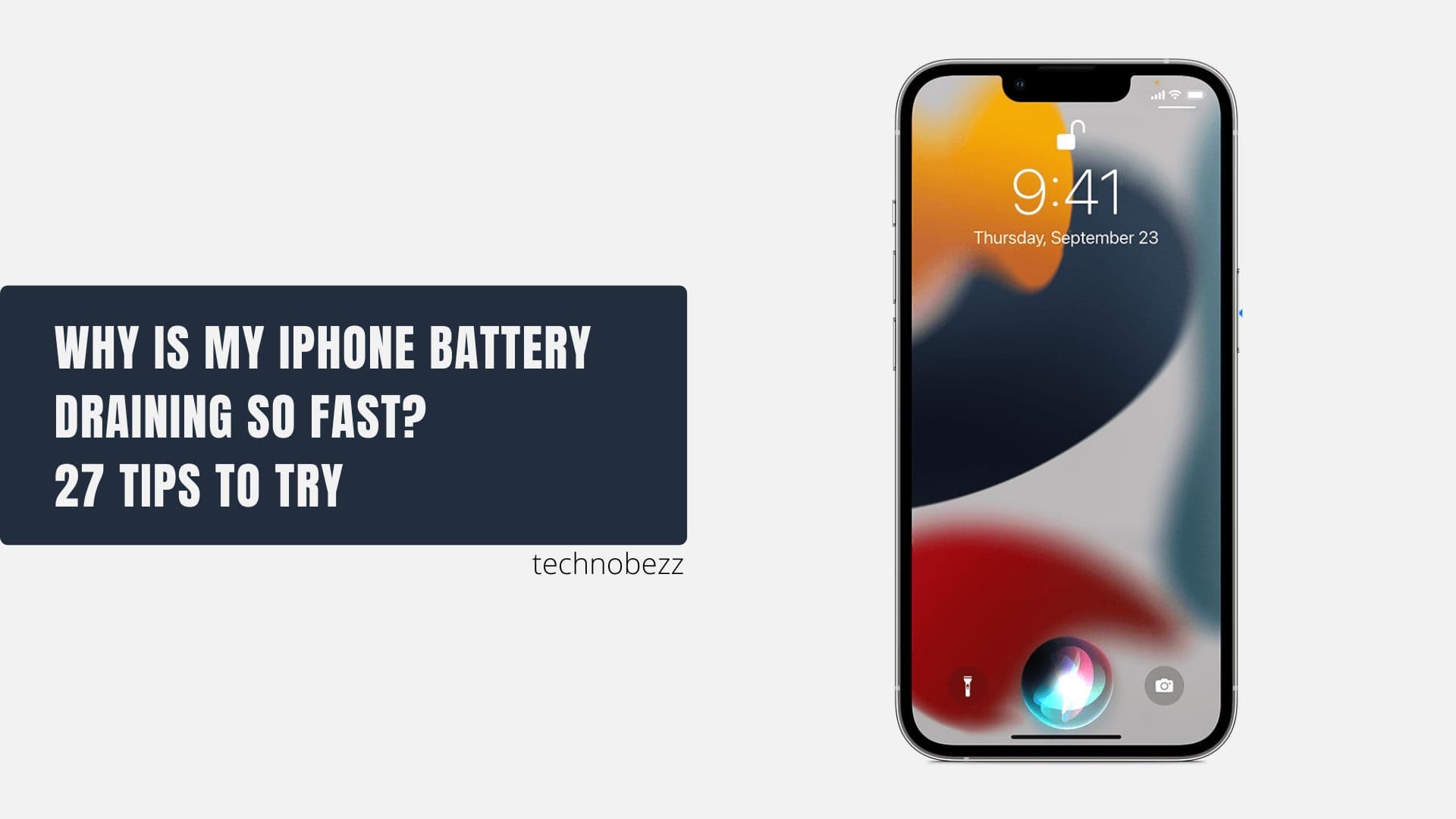Is Your Android Hacked? Here’s How to Spot the Signs

Today's smartphones are more than just communication tools; they're vaults of personal treasures. From cherished photos and videos to sensitive personal data and even your bank account details through banking apps, your phone holds it all.
Losing your phone to theft or misplacement is bad enough, exposing your data to prying eyes. But what about hackers? They don’t need to physically steal your phone to wreak havoc on your digital life.
See also - Updated APN settings
How to tell if your Android is hacked

We are going to share a few things that may indicate that your Android phone was hacked:
- The battery of the phone drains a lot quicker than usual. The main reason for battery decrease is the spyware or malware the hackers are using.
- Pop-ups keep showing up – you may notice pop-ups that say your phone has malware or something like that and they may seem like they are the system messages, but these are malware pop-ups.
- There are some apps you didn’t install.
- You’ve noticed texts or outgoing calls you didn’t send.
- The data bill is a lot higher than usual – many hacked users noticed unusual data expenses at the end of the month.
- Browser’s home page is different – if you launch your browser and as soon as you do that, you are taken to some strange page you didn’t set as a home page, it could be a sign your phone is hacked.
- Your device is performing sluggishly.
- Unexpected device behavior: Besides sluggish performance, any random reboots, or the phone turning off or on without user interaction can be suspicious.
- Strange sounds during calls: If there are unusual noises or echoes during phone calls, it could indicate phone tapping.
- Unusual activity on linked accounts: Any unrecognized actions on your social media, email, or other accounts linked to the phone could be signs of compromise.
- Security notifications from accounts: Notifications about login attempts or changes to account details that weren't made by the user.
- Changes in settings: Unauthorized changes to device or app settings could also be a red flag.
See also - Best free games with no ads (Without Pop-up Ads)
What to do if your Android phone is hacked?

We have shared a few things that might indicate that your device was hacked. We are going to list a few things you can do if the phone was hacked.
-
Install Anti-malware Software: Immediately install reputable anti-malware or antivirus software. Popular options include Bitdefender, Avast, or AVG. Run a full scan and remove any detected threats.
-
Remove Suspicious Apps: Navigate to Settings > Apps, identify any apps that you do not remember installing or that seem suspicious, and uninstall them.
-
Update Your Software: Check for updates for your device’s operating system and all installed apps. Installing the latest updates can close security vulnerabilities that hackers might exploit.
-
Change Your Passwords: Change the passwords for all important accounts accessed from your phone. This includes your email, social media accounts, and banking apps. Consider enabling two-factor authentication for added security.
-
Disconnect from the Internet: Temporarily disconnect your device from the internet (both mobile data and Wi-Fi). This can prevent the further transmission of data to malicious actors.
-
Review App Permissions: Go through the permissions granted to each app. Revoke any permissions that are not necessary or seem excessive, especially for apps that handle your personal information.
-
Notify Your Financial Institutions: If you suspect that your financial information might be compromised, inform your bank or credit card company to monitor for unusual activity and potentially replace your cards.
-
Consult a Professional: If the problem persists or you feel overwhelmed, it may be helpful to consult with a cybersecurity professional who can provide expert assistance.
-
Backup Your Data: Before you perform a factory reset, ensure you backup important data such as contacts, photos, and documents. Be cautious to only back up data you know is not infected.
-
Factory Reset: If all else fails and your device is still behaving erratically, consider performing a factory reset. This can remove any malware but will also delete all data on the device, so ensure you have backups of anything important.
Also Read

Lenovo Debuts Solar-Charging Laptop That Turns 20 Minutes of Sunlight Into Hour of Video

Ottocast Car TV Mate Max Review – A Versatile In-Car Entertainment Adapter

iPhone Battery Dying In Minutes? 23 Real Fixes That Work

Ottocast Play2Video Pro Ups the Game in Affordable Car Entertainment

Ottocast OttoAibox P3 Powers a Smarter Driving Experience








